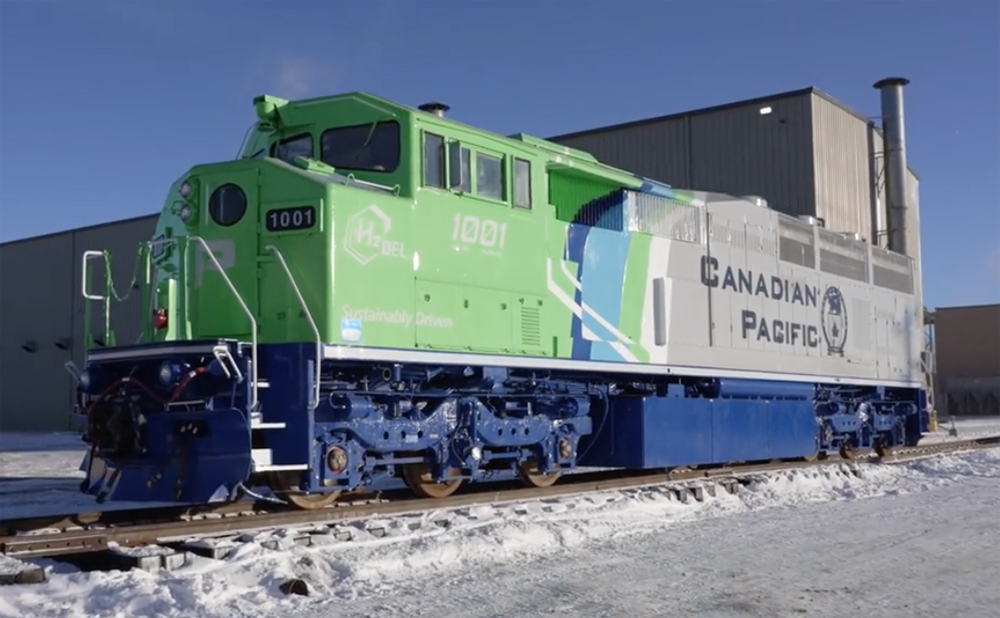Northern Light
Superstar
Today we have an exciting Federal news release......... LOL
The government has retained external consultants to advise on possible and plausible improvements to rail service in south western Ontario, with that report due by the end of next year.
Thank goodness for Ottawa leading with decisive action!
-MO-10-MINO_GENERIC_WEB_CARDS_TEMPLATE_NEWS-RELEASE-TITLE_EN.jpg)
Minister of Transport announces external advisors to help deliver improvements to passenger rail service in Southwestern Ontario
The Government of Canada is committed to creating a faster, greener, more sustainable passenger rail service. The High Frequency Rail project, running from Toronto to Québec City, will deliver this commitment, by transforming passenger rail through the creation of a more frequent and sustainable...www.canada.ca
From the above:
View attachment 438457
A CBC article follows up on the above, and adds precious little:
It gets quotes from a couple of 'industry watchers', including a far less knowledgeable Paul than UT's own @crs1026







